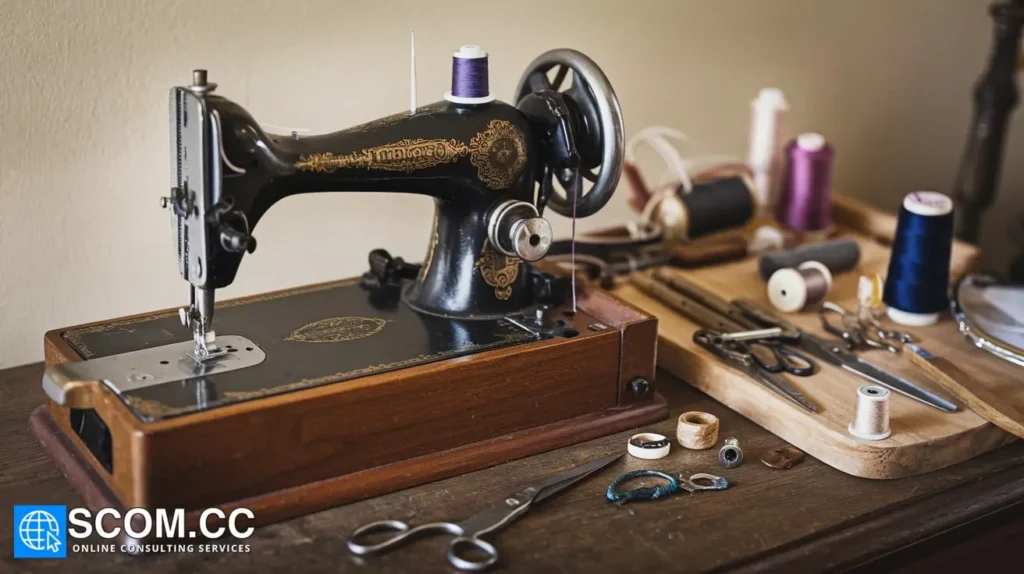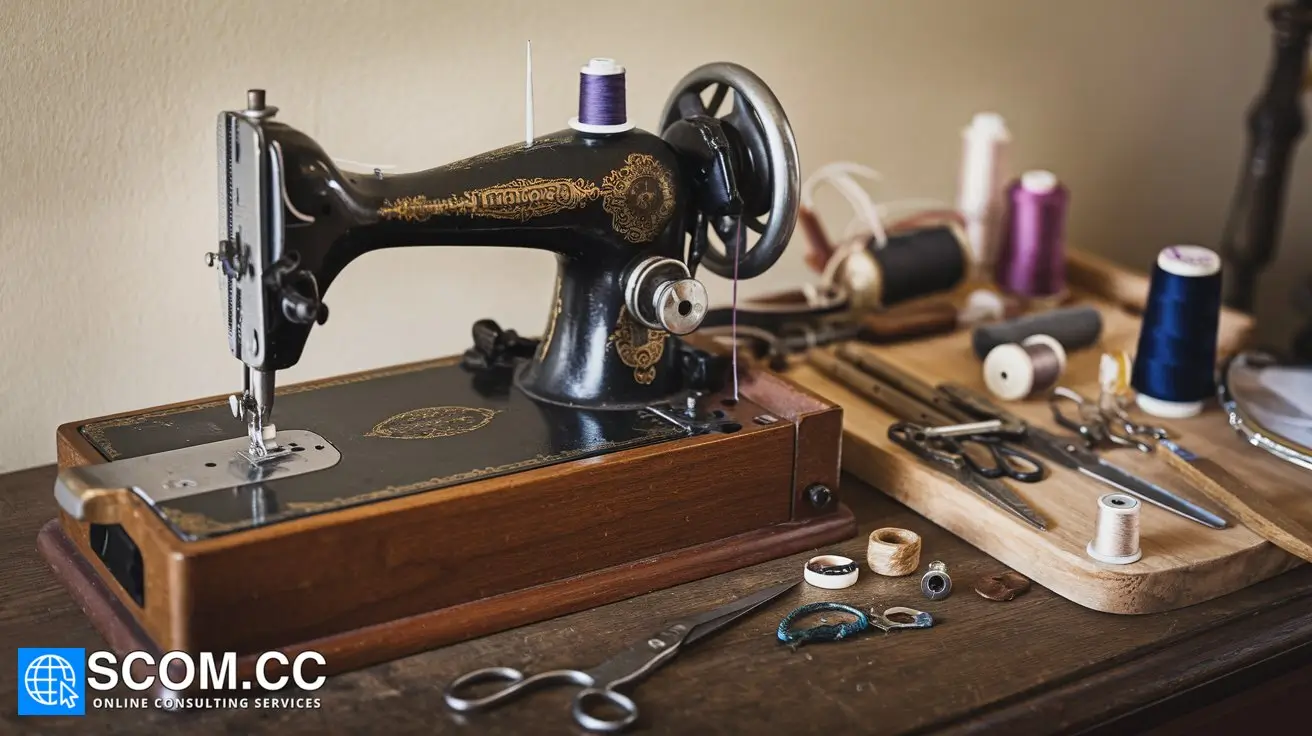Understanding Different Types of Sewing Machines for Tailoring

Understanding Different Types of Sewing Machines for Tailoring
When embarking on tailoring projects, selecting the right sewing machine is as crucial as choosing the fabric. The sewing machine you use can significantly impact the quality, efficiency, and ease of your work. In this detailed guide, we will explore the various types of sewing machines available, their functions, and how to choose the best one for your tailoring needs.
Types of Sewing Machines
1. Mechanical Sewing Machines
Mechanical sewing machines are the traditional type, known for their simplicity and durability. They are operated using mechanical dials and levers, making them a reliable choice for beginners and those who prefer a hands-on approach.
- Features: Mechanical machines typically offer basic stitching options like straight stitch, zigzag stitch, and a few decorative stitches. They are often equipped with a manual needle position adjustment and basic presser feet.
- Pros: Durability, ease of use, lower cost.
- Cons: Limited stitch options, less automation.
2. Electronic Sewing Machines
Electronic sewing machines incorporate electronic components that provide more advanced functionality compared to mechanical machines. They offer enhanced precision and ease of use, making them suitable for a wide range of tailoring tasks.
- Features: Electronic machines come with an LCD screen, automatic stitch selection, and programmable settings. They often include a variety of built-in stitches and automated features such as needle threading and buttonhole stitching.
- Pros: Greater variety of stitches, more automation, and convenience.
- Cons: Higher cost, may require more maintenance.
3. Computerized Sewing Machines
Computerized sewing machines represent the cutting edge of sewing technology. They offer sophisticated features and are ideal for complex tailoring projects that demand high precision and customization.
- Features: These machines are equipped with a computer system that allows users to select from an extensive library of stitches and designs. They offer advanced features such as automatic thread tension adjustment, built-in embroidery capabilities, and connectivity for downloading new patterns.
- Pros: Extensive stitch options, high precision, advanced features.
- Cons: Expensive, requires understanding of digital controls.
4. Overlock Machines (Sergers)
Overlock machines, commonly known as sergers, are specialized sewing machines used for finishing edges and creating professional seams. They are indispensable for achieving a clean, polished look in tailored garments.
- Features: Overlock machines can trim, stitch, and finish edges simultaneously, which prevents fraying and provides a neat appearance. They use multiple threads to create durable and flexible seams.
- Pros: Professional finish, efficient edge finishing.
- Cons: Limited to edge work, can be complex to thread and operate.
5. Embroidery Machines
Embroidery machines are designed specifically for adding intricate designs and embellishments to fabric. They are perfect for tailoring projects that require personalized or decorative elements.
- Features: These machines come with a variety of built-in embroidery patterns and allow users to create custom designs. They often include a large embroidery hoop and advanced software for design editing.
- Pros: High-quality embroidery, customizable designs.
- Cons: High cost, specific use.
Choosing the Right Sewing Machine for Tailoring
Selecting the right sewing machine involves considering your specific needs and tailoring projects. Here’s a guide to help you choose the most suitable machine:
1. Assess Your Sewing Needs
Determine the type of tailoring projects you undertake regularly. For instance:
- Basic Sewing: If your projects primarily involve basic sewing tasks like hemming and simple repairs, a mechanical or electronic machine may suffice.
- Advanced Projects: For complex projects that require a variety of stitches and automation, a computerized sewing machine would be more appropriate.
- Edge Finishing: If you often work with fabrics that need professional edge finishing, an overlock machine is a valuable addition.
2. Consider Your Budget
Sewing machines come in a wide range of prices. Mechanical machines are generally more affordable, while computerized and embroidery machines can be quite expensive. It’s essential to balance your budget with the features you need.
3. Evaluate Machine Features
Examine the features offered by each machine type:
- Stitch Options: Ensure the machine offers the stitches you require for your projects.
- Ease of Use: Look for features that simplify operation, such as automatic needle threading and adjustable stitch length.
- Durability and Build Quality: Invest in a machine with a robust build to ensure longevity and reliability.
4. Test the Machine
If possible, test the machine before purchasing. Assess its ease of operation, noise level, and overall feel. Make sure it operates smoothly and meets your expectations.
5. Read Reviews and Seek Recommendations
Research customer reviews and seek recommendations from fellow tailors or sewing enthusiasts. Their experiences can provide valuable insights into the performance and reliability of different sewing machines.
Maintenance and Care
Proper maintenance is crucial for the longevity and optimal performance of your sewing machine:
- Regular Cleaning: Keep the machine clean by removing dust and lint from the bobbin area and feed dogs.
- Lubrication: Follow the manufacturer’s recommendations for lubricating moving parts to ensure smooth operation.
- Professional Servicing: Schedule regular servicing by a professional to address any issues and maintain the machine’s performance.
Conclusion
Understanding the different types of sewing machines and their features is essential for selecting the right one for your tailoring projects. Whether you opt for a mechanical, electronic, computerized, or specialized machine, choosing the right tool will significantly enhance your tailoring capabilities. By considering your needs, budget, and the specific features of each machine, you can ensure that your sewing experience is efficient, enjoyable, and productive.

To explore more about tailoring, visit our Blog of Tailoring. If you have any questions or need assistance, go to our contact page. Additionally, you can find more information about tailoring and consulting at this tailoring and consulting portal.

Leave a Reply